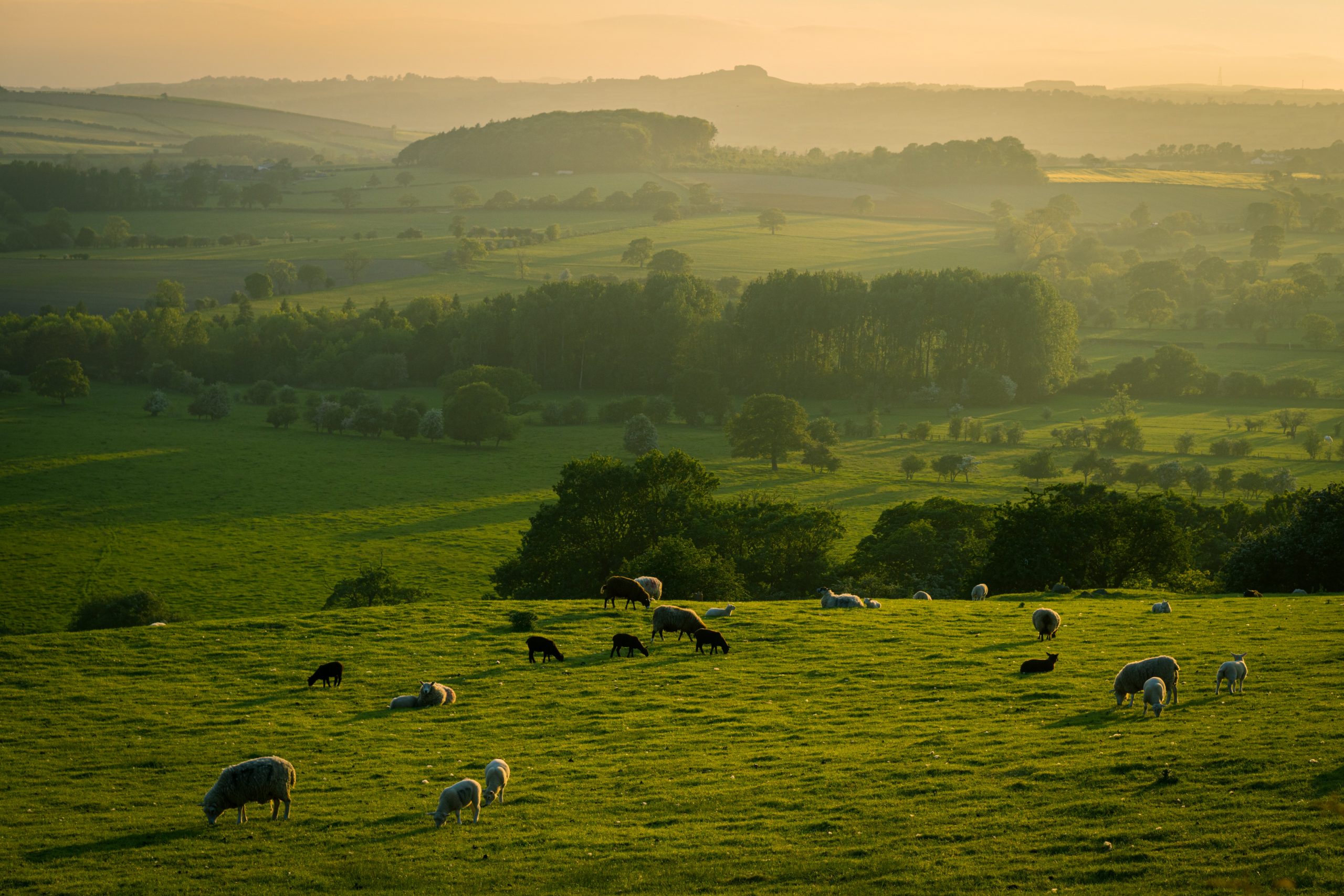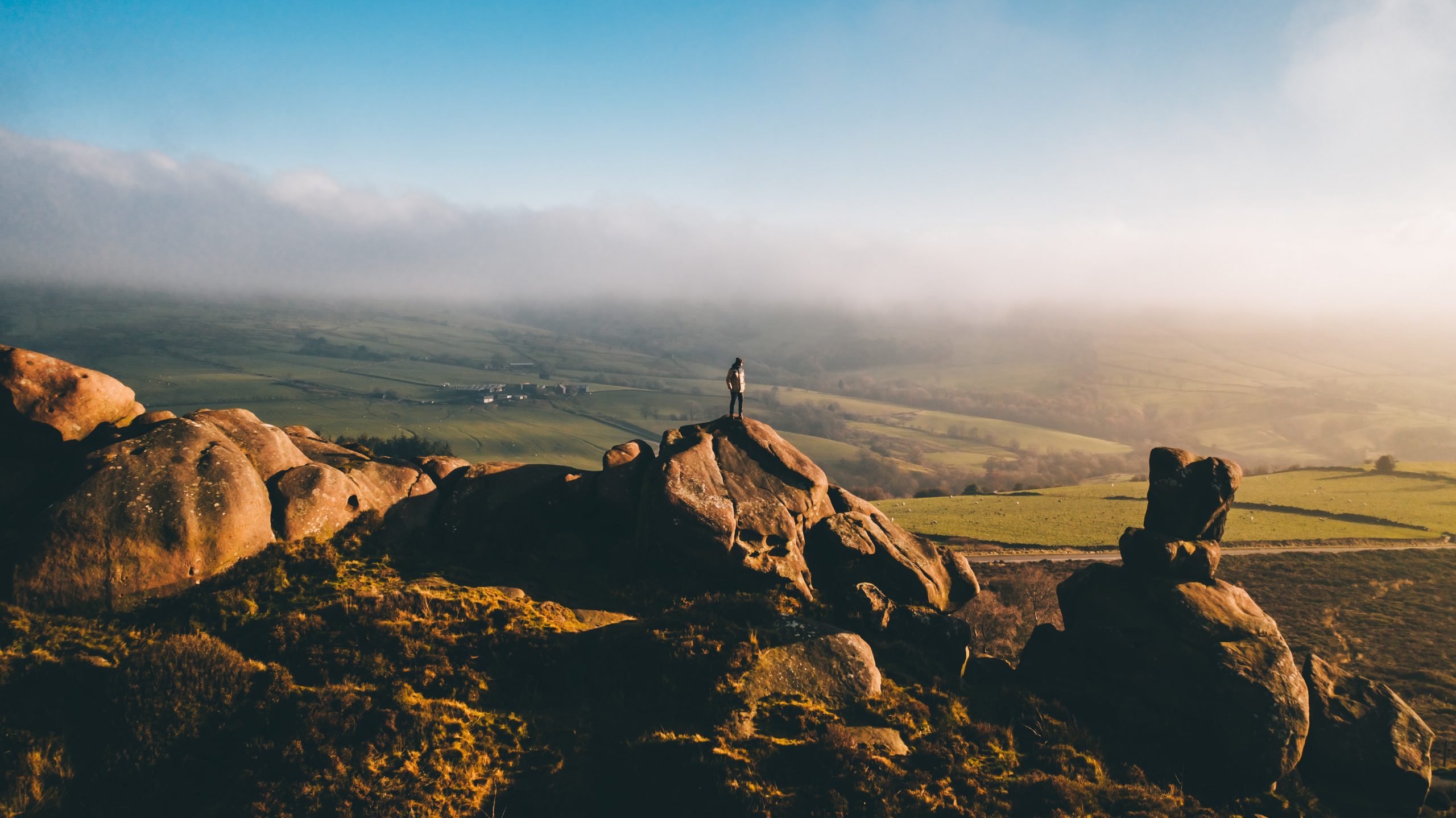Becoming a B Corp (our journey)
27 May 2022
27 May 2022
There’s a buzz in the air at Tyler Grange, and it’s not just coming from the bees frequenting our wildflower gardens.
We’ve recently taken a huge step towards becoming a B Corp. To say that we’re excited is an understatement.
The B Corp journey will continuously help us identify what areas of sustainability we need to work on, as well as what we’re already excelling at. And it keeps us accountable, making sure we’re consistently doing everything we can to make the world a better place for everyone and everything inhabiting it.
Curious as to what the B Corp process is like? Discover how we approached it and the lessons we learnt along the way. Focusing on the journey, you’ll understand whether or not becoming a B Corp is the right move for your business.

By choosing to pursue B Corp certification, you’re committing to transforming the way you work, making sure that every decision made within the business has a positive impact on people, communities and the world.
For that reason, it’s not a decision one person can make. Everyone in the business has to be on board. It’s why, at TG, we came together to have a frank discussion about what becoming a B Corp entails. We made sure all our key stakeholders were well-informed and committed to the B Corp process before moving forward with the Business Impact Assessment (BIA).
The BIA marks the official start of the B Corp journey. There are roughly 176 individual questions to answer, and the key scoring areas are:
You need to score a minimum of 80 points to be accepted for the evaluation queue. We aim to get above 80 points – it’s common for the B Lab* to mark you down, so it’s safer not to overestimate your scores.
*The B Lab is a non-profit network spearheading the B Corp movement. It wants to change our economic system to support its collective vision of an inclusive, equitable, and regenerative economy. Everything we do during our B Corp journey will be monitored and evaluated by B Lab. This includes our BIA.
We submitted our BIA in February, which is now 99% complete (you need a minimum of 90% to submit). This process also included uploading legal requirements – more on this in a moment. It took around two and half months to complete, including submitting our evidence, which is considered quick. We managed to speed up the process through our careful approach, as we reveal below.
First, we created a B Keeper position within the business. Kay Geoghegan took on the role. As B Keeper, Kay is responsible for managing our B Corp application process as well as helping us maintain progress in the key impact areas. Keep reading to learn more about the importance of her role.
Tip: if you don’t have someone internally you can appoint as B Keeper, you can hire someone (a B Leader or an agency) externally to manage and upload your BIA.
When approaching the BIA, Kay initially downloaded all the questions for the BIA, broke them down and analysed them. This helped her understand which questions:
This made us realise that we could achieve 30 points off the bat, another 20 from team responses and 10 points for our legal submission. Having this insight beforehand helped us realise that becoming a B Corp was achievable. Without this information, we risked investing in a long and resource-intensive process with no guarantee of B Corp certification.
It also helped us estimate how long it would take to get the right information from our teams. From there, we could allocate a budget for the BIA, taking into account people’s time as well as the B Lab’s BIA Submission fee.
Note: B Lab’s BIA submission fee, which covers its admin costs, varies depending on your annual turnover. We considered it to be very affordable.
Some of the BIA questions took seconds to complete. Others took weeks, especially when more input was required. Kay liaised with key stakeholders in the business to get quality responses as quickly as possible. She also separated the questions into sets and portioned them out to the relevant teams to make sure nobody was overwhelmed.
We also benefited from having a 100% score on Achilles – our external auditing process – for the past two years. Achilles helps us maintain high ISO standards, ensuring we have the policies and management systems in place for excellent governance and corporate responsibility. It was an invaluable resource for the BIA, helping us answer the required questions quickly.
As part of becoming a certified B Corp, it’s a legal requirement to amend your legal governing documents and Articles of Association, considering the impact of your decisions and all your stakeholders. This keeps you legally accountable for the legal B Corp text you adopt.
We updated the legal text and uploaded the legal requirements at the same time as submitting the BIA. To pass the legal stage, you need a majority vote of the Board of Directors (at least 75%) regarding the legal changes, acquired within 14 days of submission. We did this during a general meeting, making sure the whole business was aware of the legal text and comfortable with the necessary changes.

B Corps are required to recertify their BIA every three years. So it’s important not to treat it as a one-off thing. The first BIA highlights what you are excelling at and where you need to improve. This helps you pick out areas to focus on so you’re continually progressing. It also ensures you don’t drop points when it comes around to recertification.
We also have to produce and publish an annual report every year, covering our charitable efforts, how we’re looking after our employees, how we’re benefiting our communities, plus our environmental initiatives and energy usage. The report will be published on our website after certification.
While we sit patiently in the evaluation queue, there’s plenty more going on behind the scenes. For example, we’re currently building actions into Salesforce for key roles within the business (e.g., actions requiring input from HR, Finance, Legal, Sales and Marketing). This means we can send automated actions and reports to help us save time and make sure we don’t miss a thing.
Speaking of carbon reporting, everybody in Tyler Grange will be involved in calculating their carbon footprint and communicating this to the sustainability team. At the moment, we don’t need to officially produce figures because we’re not producing products. But a sense of satisfaction comes from reporting on Scope 1, 2 and 3 and it’s great to be aware of our environmental progress.
We have a team of B Corp ‘buddies’ who are continuously looking at our consumables, plus energy and water use. We’re going to build our own systems in Salesforce to make gathering data and reporting easier. Note that in the first year of greenhouse gas (GHG) reporting, you can produce your best estimated usage to obtain your baseline figures to be able to set goals and targets from there.
We even set ourselves a challenge to see how much we can reduce the impact of our brewing by partnering with an environmentally-conscious, local supplier who runs on green fuels (more on that here).
Action such as these will make sure we can continue to improve our environmental score. If you don’t report on carbon, it can lower your score.

The next step is the verification stage, which takes place once the BIA has been evaluated. We hope the evaluation will be complete around November, although the B Lab is currently inundated with submissions and recertifications, so this may be optimistic!
The verification stage involves a 90-minute virtual assessment with B Lab, the B Keeper and any other key people. Staying in tune and continuously updating the BIA even after submission will make this process much easier.
Following this, areas of improvement are highlighted from the BIA results. An interim improvement plan is developed from this which is to be continuously followed beyond verification. It’s the B Keeper’s responsibility to produce quarterly highlight reports to the Board, making sure the business is moving in the areas necessary for improvement.
When our B Corp status has been verified, we’ll make our first payment. As mentioned, the amount depends on the business’ annual turnover. We’ll then be introduced to a wealth of resources via the B Hive. The B Hive also provides access to discounts and freebies on sustainable products and services, and B Corp companies are encouraged to buy from and sell to other B Corps. What’s more, we’ll be connected to a vast community of like-minded people, opening us up to valuable networking opportunities.
Here are the key lessons we’ve learnt for our B Corp journey so far:
Now that you’re more informed about the B Corp certification process, you should have a clearer idea about whether this is the right move for your business.
What you might be wondering next is: what are the tangible benefits of becoming a B Corp? Aside from becoming a highly impactful business, there are exciting and invaluable perks that are yours to enjoy should you decide to complete this journey.